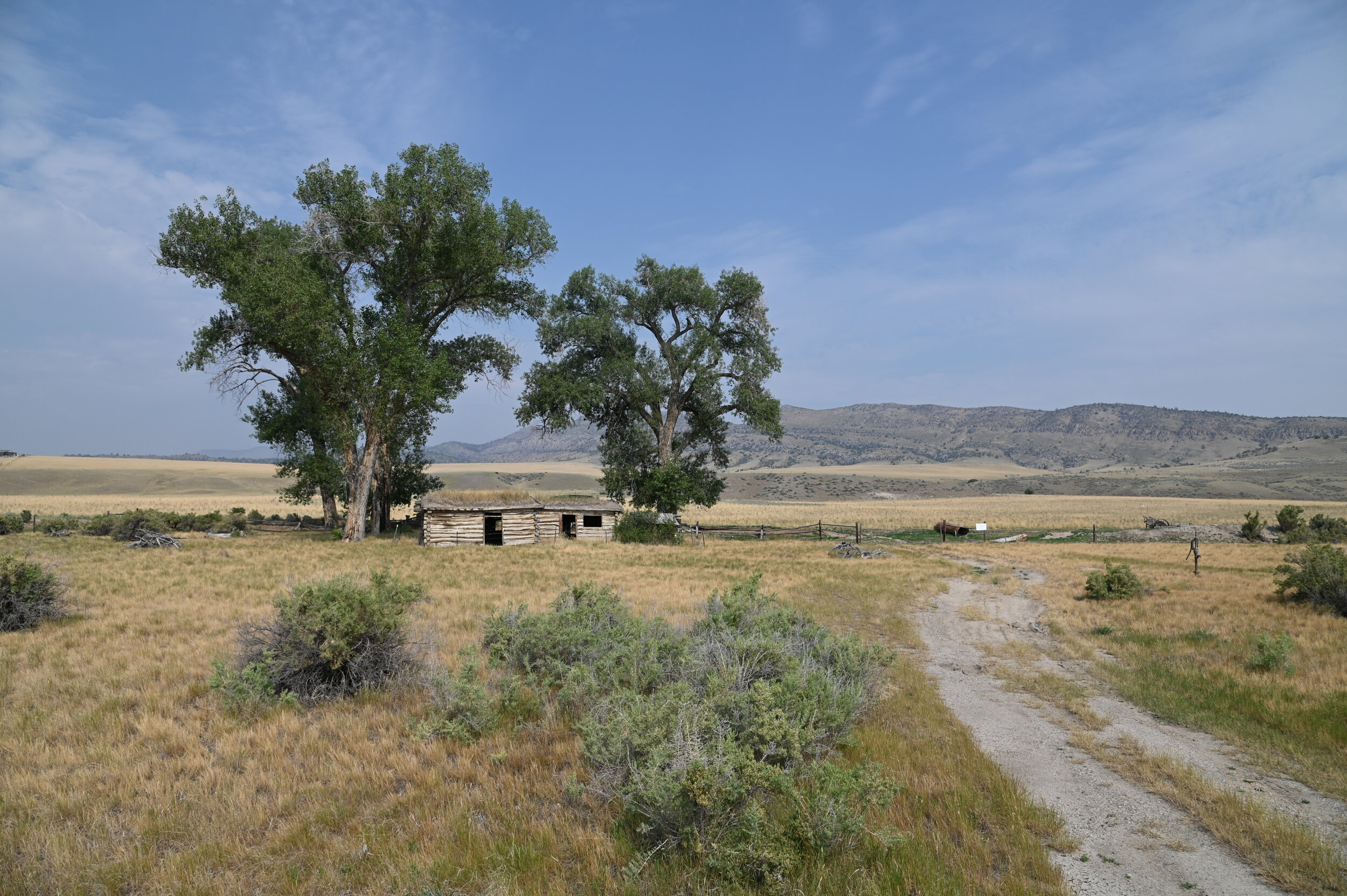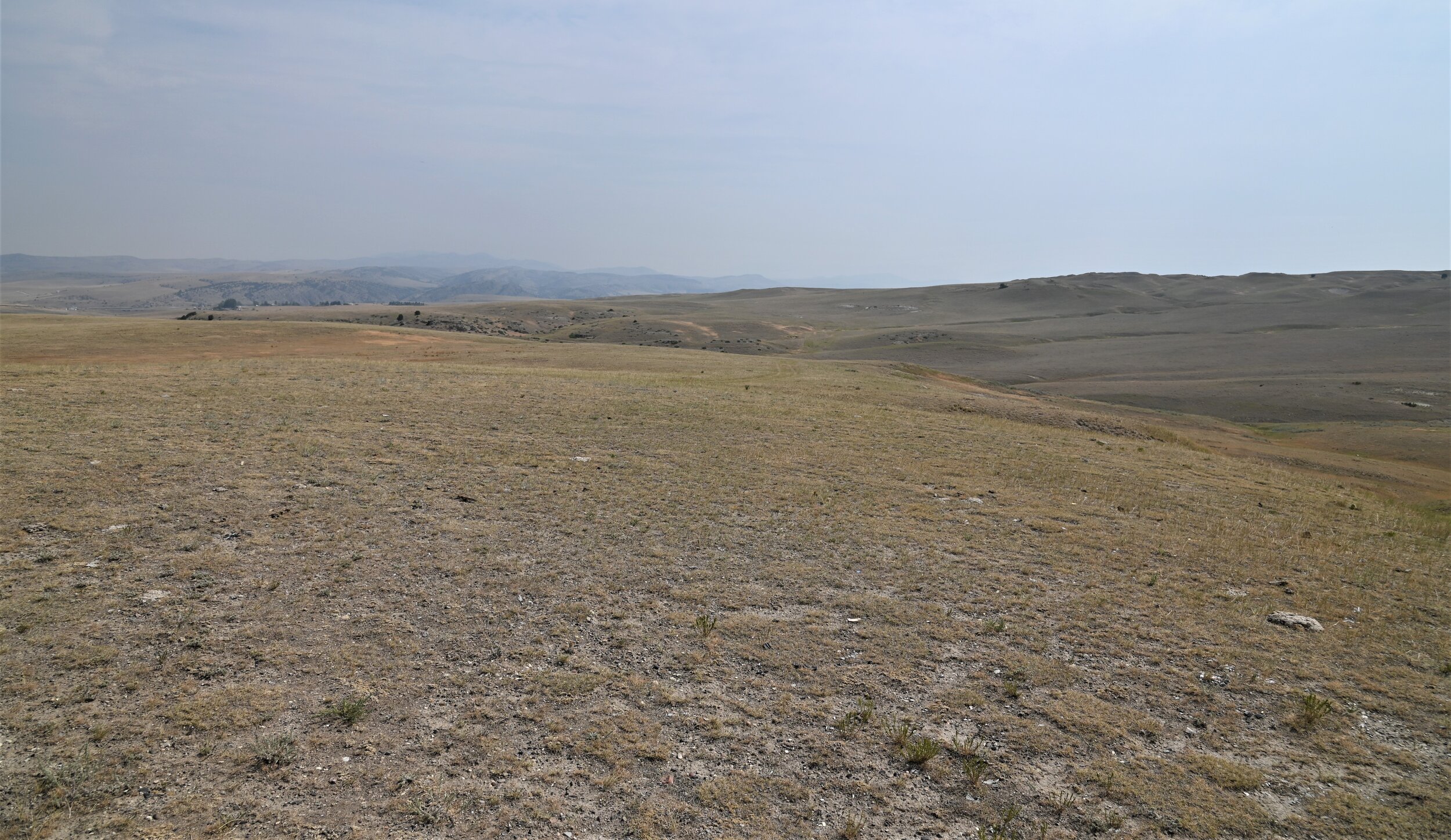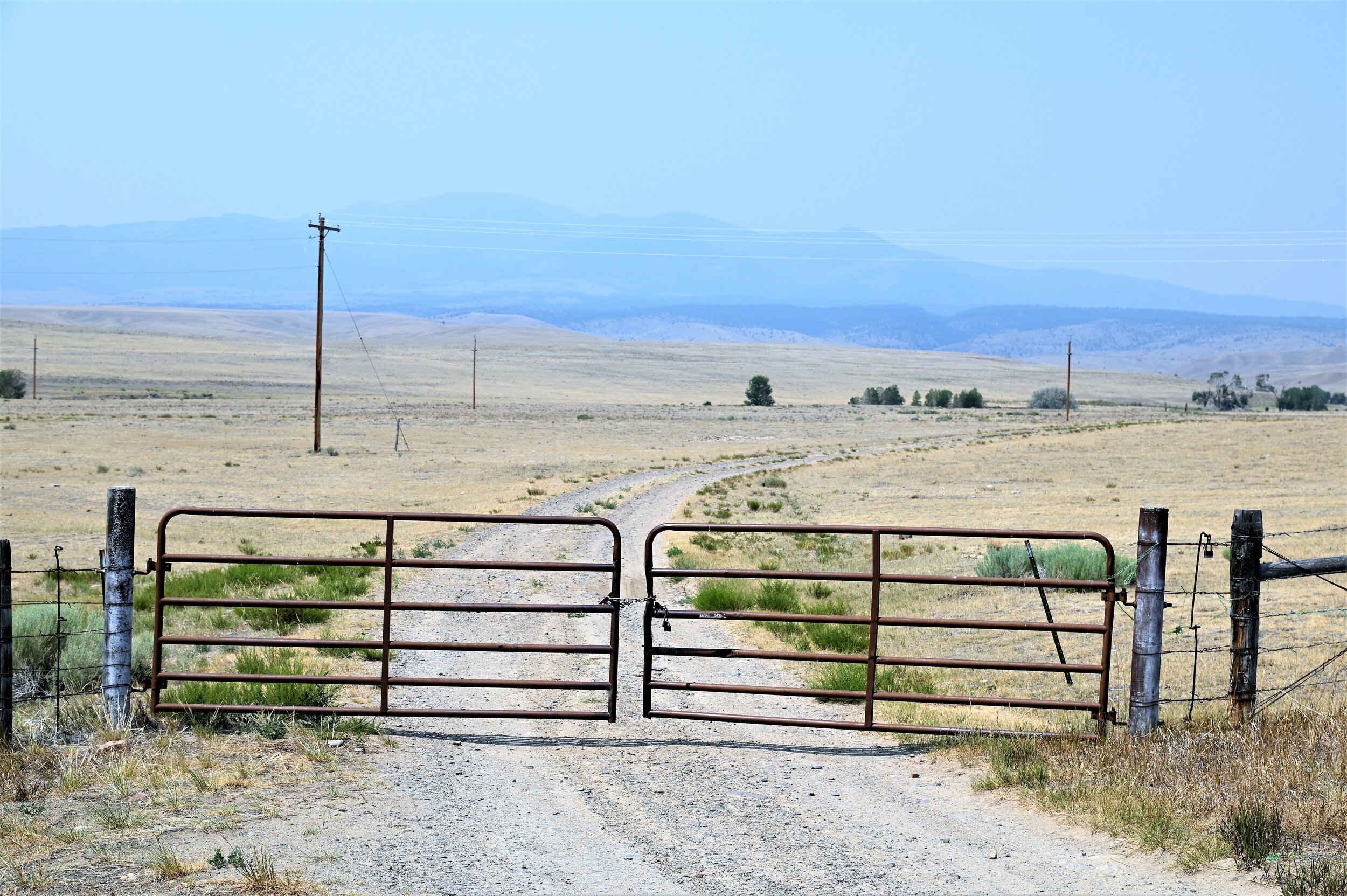Gloom, Despair and Agony
2021 Summer Will Be Remembered as a Doozy
across montana
Weather has always been a main topic of discussion across Montana. This year was no exception. Old timers are saying it was the hottest, driest summer they remember. Comparisons are being made to conditions in 1988 and 1931. What little snowpack there was melted early, and without June rains, rivers dwindled down to creeks. Farmers harvested 10 to 30% of normal. Ranchers were forced to either downsize their herds, buy expensive hay, or do both. Add in the grasshoppers that swooped in around June and swathed a path of annulation, springs and wells that dwindled dry and triple digit temperatures and it made for a very miserable summer. On top of all that was the smoke that laid in for several months on end.
Old timers are saying it was the hottest, driest summer they remember. Comparisons are being made to conditions in 1988 and 1931.
Numerous agencies have classified 98% of Montana in severe drought. Soil moisture conditions, both surface and subsurface dropped to below 5%, high summer temperatures and low rainfall records have been broken across the state. Look around and you’ll see the entire state is hurting. No one has been exempt.
While the hot dry summer is a major reason for plunging the state into a severe drought, low moisture conditions began a year ago with a warm, dry fall, followed by above average temperatures and below average precipitation through the winter months which continued into March and April. The lack of winter moisture and spring rains kept the green grass from coming. May and June turned out to be the driest on record. Toward the end of June an unusual weather pattern developed over the northwest region, including Montana. A high-pressure ridge formed over the area which kept temperatures above normal and blocked Pacific moisture from moving through the northwest. This heat dome stayed in place for weeks locking in the heat and blocking out relief.
It was the fires, though, that made most of the headlines. As of late August, over 2,000 fire starts were reported in Montana with over 800,000 acres of forests, grassland and crops burned. The Robinson Draw Fire outside of Red Lodge, kicked off the fire season in dramatic form, and from then on, fires started daily, spread quickly, and devoured the tinder dry forests and range lands. By far the largest fire, Richard Spring in eastern Montana burned over 170,000 acres. Both fires ran miles in a single day pushed by high winds over drought-stricken land.
Relief came unexpectedly in early August as the heat dome eased and rain swept across the state. Fire season isn’t over, but there is hope it will be soon. Relief from the drought will take time and is ever dependent on the weather and, as was witnessed this year, never predictable.





